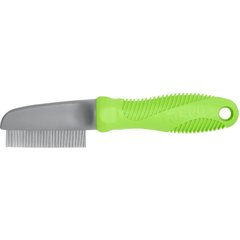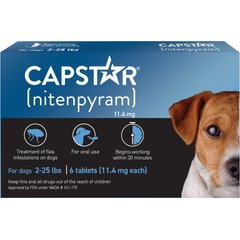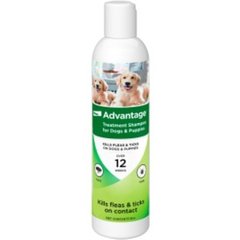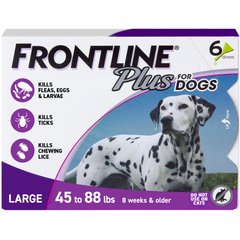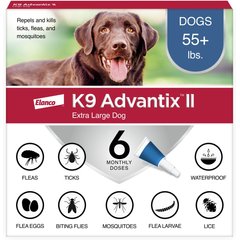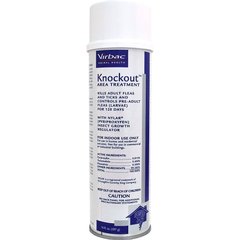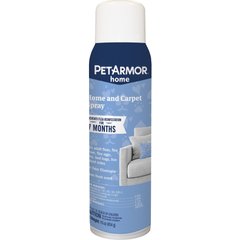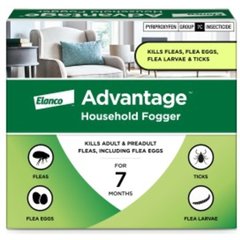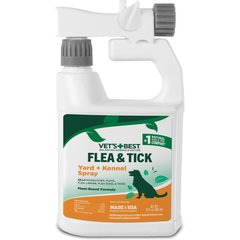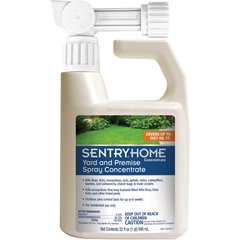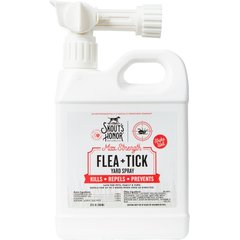How to Spot Fleas on Dogs and Get Rid of Them for Good
Do you think you might be dealing with fleas on dogs? Here’s the good news: You’re not alone. Flea infestation is a common issue for pet parents—after all, dog fur is prime breeding ground for these tiny, jumping parasites.
Fortunately, if you find fleas on your dog there are simple steps you can take to treat mild or even severe flea infestations of fleas on dogs and in your home. Once you’ve solved your immediate flea problem, you can then shift into flea prevention measures to prevent future cases.
How to Spot Fleas on Your Dog
Common early signs of fleas on dogs may include:
- Frequent itching and scratching, especially around the head, neck, and base of your dog’s tail. Because dogs can be very allergic to the protein in flea saliva, even one or two flea bites can cause some dogs to itch for several days.
- Flea dirt, aka flea poop, on your dog’s skin. Flea feces look like ground pepper or specks of dirt and will turn reddish-brown if you wet it on a paper towel. You can spot this more easily by combing their hair with a flea comb.
- Spotting live fleas. Fleas look like tiny dark brown insects that skitter around quickly and weave through your dog’s fur. When picked off your dog they can easily jump out of your grasp. The back near the tail and the sparsely-haired underbelly are two common places to spot fleas. A flea comb can make it easier to spot them, too.
As time goes on and the flea problem worsens, dog flea symptoms may also include:
- Increased agitation, restlessness, and discomfort
- Hair loss
- Skin redness or hot spots
- Skin infections
- Scabs or open sores
Understanding the Flea Life Cycle on Dogs
When looking for fleas on your dog, it’s important to note that there are four flea life stages, and most flea treatments don’t kill fleas in all of them.
The entire life cycle takes about three weeks on average—but for some fleas, it can take months or even years. That means it’s important to use a combination of flea-killing methods when you have an infestation. It’s equally important to keep your guard up year-round by using flea and tick preventative treatments on your dog.
Here’s how the flea life cycle works and how fleas end up on dogs:
- Stage 1—Egg: Once laid from a female flea, the eggs will fall off your pet into the environment as your pet moves around. Flea eggs take anywhere from two days to two weeks to develop, depending on environmental conditions, and represent almost half of the total flea population in a home.
- Stage 2—Larva: Flea larvae are up to ¼-inch long, are legless, and are almost see-through. They live in your house and yard and eat flea dirt and debris to survive. After about five to 20 days after hatching, they’ll spin cocoons, which leads to the next life stage.
- Stage 3—Pupa: The pupal stage is considered the most hardy stage—fleas can survive in their thick cocoon for months. In rare cases, they may even survive for years. On average, this stage lasts several days or weeks, and once environmental conditions are favorable (warm and humid!), they’ll hatch into an adult flea.
- Stage 4—Adult flea: This is the life stage that pet parents will physically find on a dog. Adult flea bites cause itching, discomfort, and allergies.
How To Get Rid of Fleas on Dogs
1. Gather Supplies
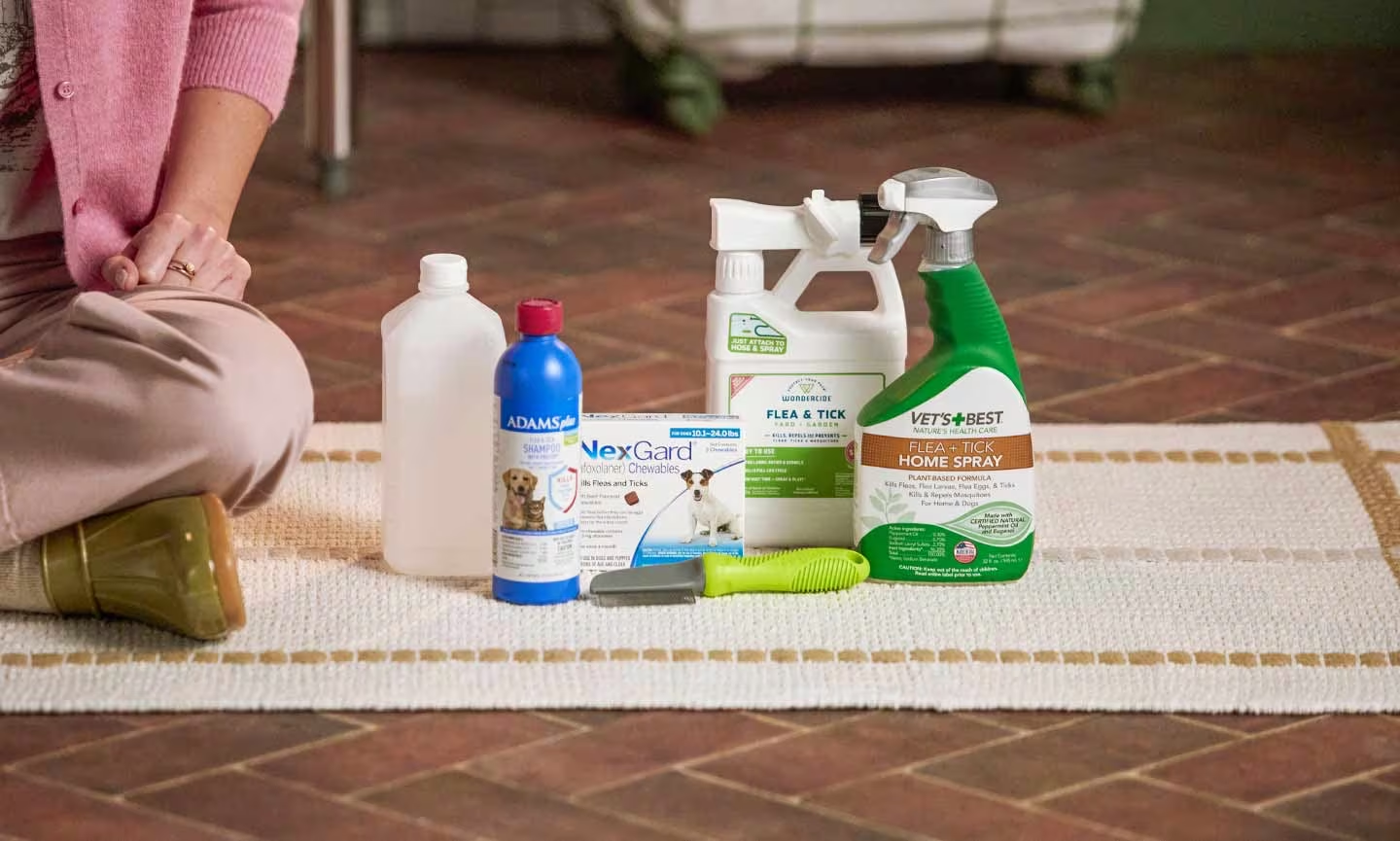
Photo by Chewy
Here’s what you need to treat fleas on dogs:
- A flea comb
- Rubbing alcohol
- Gentle shampoo or, for dogs with irritated skin, a shampoo recommended by your vet
- Monthly flea and tick prevention treatment
- Flea-killing sprays or foggers for the home
- Flea-killing sprays for the yard
2. Comb Your Dog With a Flea Comb
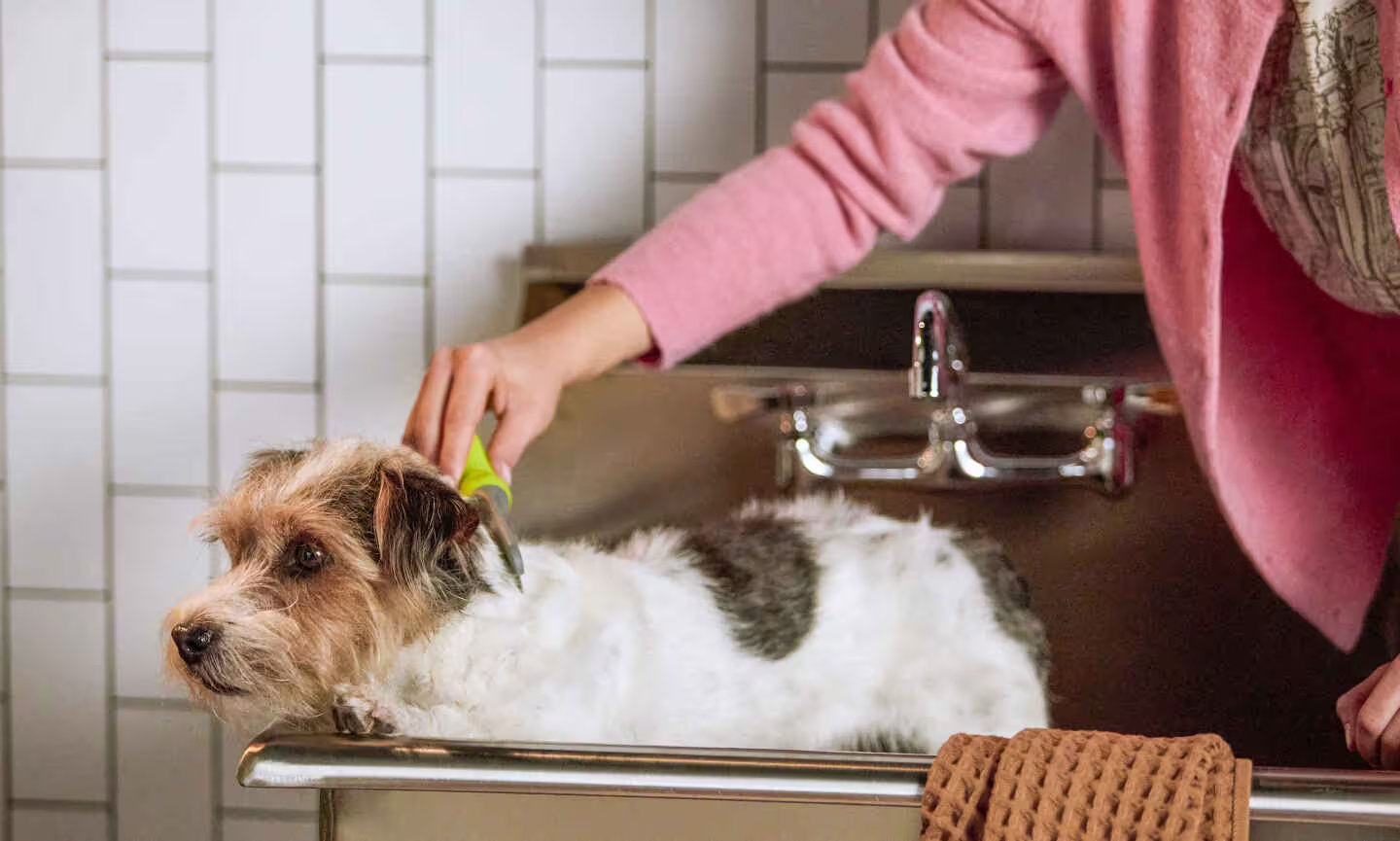
Photo by Chewy
Standing in the bathtub, a sink, or outside, use a flea comb to physically remove any visible fleas on your dog. Start at your dog’s head and work towards their tail, combing in the direction of your dog’s fur. Put the fleas in a cup or bowl filled with isopropyl alcohol to kill them.
Continue this process until you don’t see any more fleas. This may take some time depending on the severity of the infestation.
Recommended Products
3. Use a Gentle Shampoo
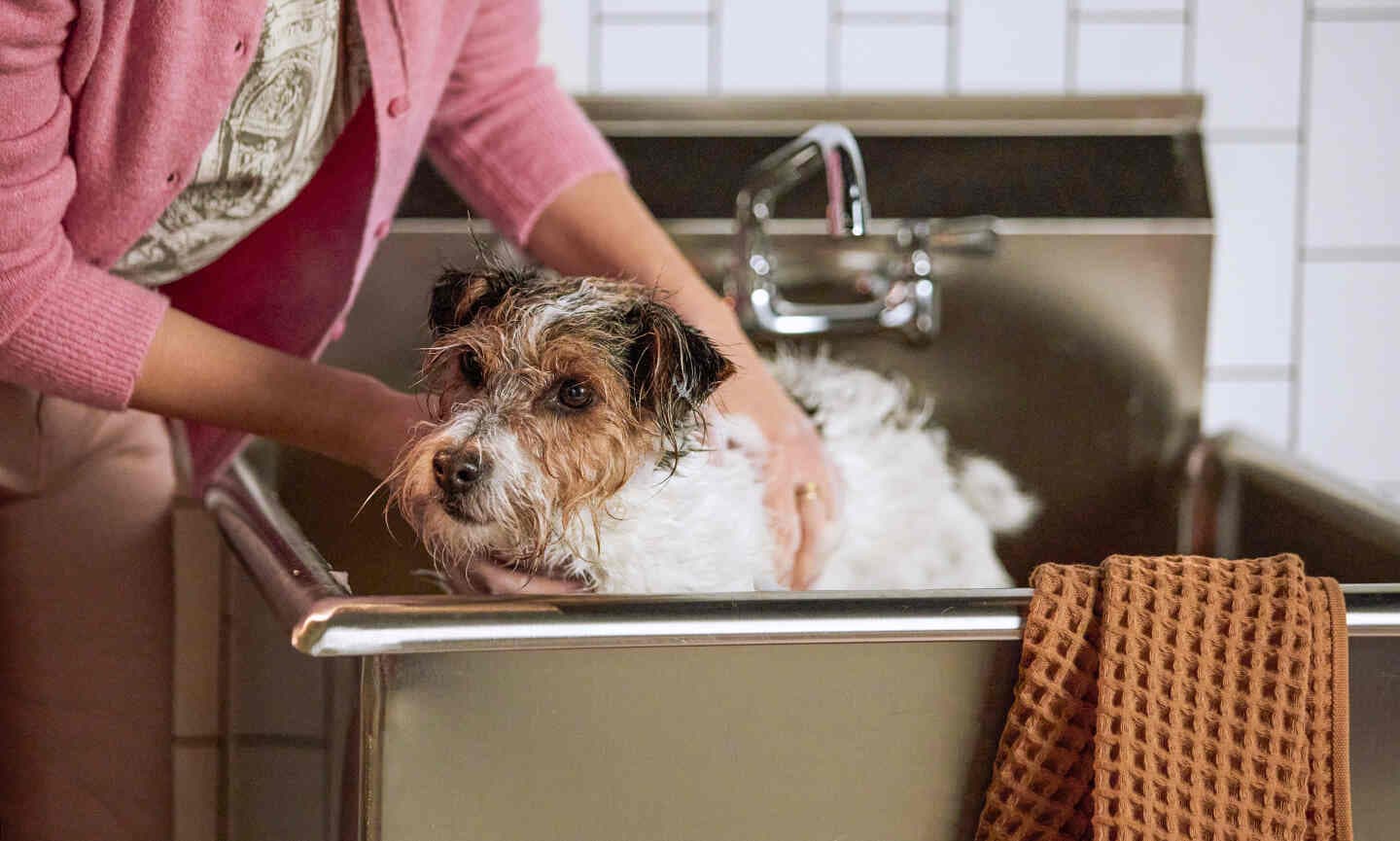
Photo by Chewy
After using a flea comb, shampoo your dog with a gentle shampoo.
For more severe cases in which a dog’s skin is irritated or has developed hot spots or open wounds, consult your veterinarian. Many flea shampoos contain ingredients that could further irritate their skin if applied directly, so your vet may suggest a gentler shampoo with soothing ingredients like oatmeal instead.
While giving your dog a bath, massage the shampoo all over your dog’s fur and skin, making sure to get into all the crevices where fleas may reside, and rinse well. Follow the directions on your shampoo bottle.
It’s important to note that flea shampoos don’t offer protection from future fleas and ticks, so they shouldn’t be used as a substitute for preventive medication. Dog flea shampoo can be helpful when in a bind, but it’s not an effective treatment on its own.
Recommended Product
4. Use a Flea/Tick Prevention Treatment
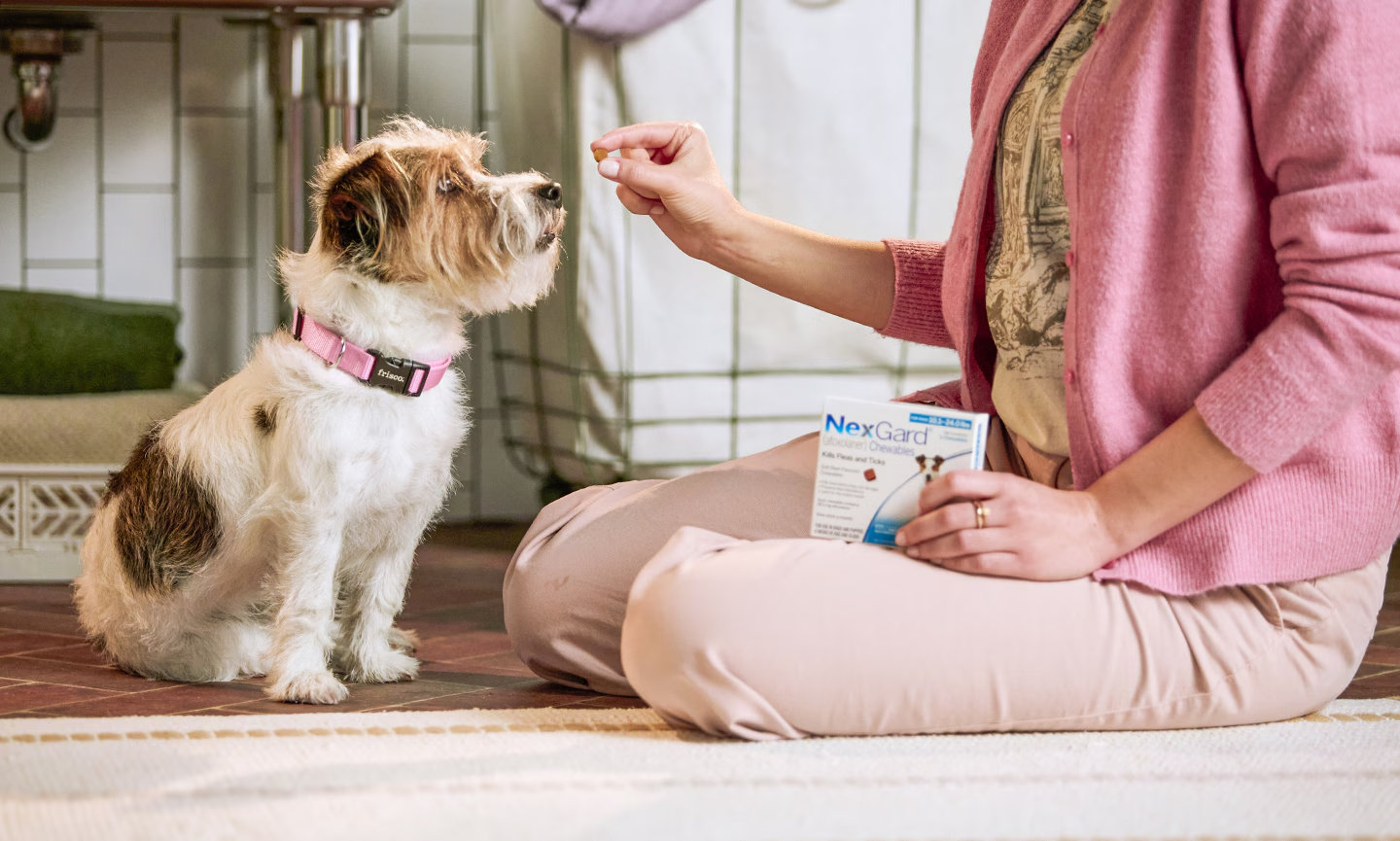
Photo by Chewy
If you’ve fallen behind on your dog’s regular flea and tick prevention treatment, it’s definitely time to get back on track. And if you’ve never used a flea and tick preventative before—well, this is your sign to start. These treatments can kill remaining fleas on your dog and prevent future flea infestations, too. They come in a variety of forms, including:
- Topical flea and tick treatments: These spot-on flea control products are applied directly to your dog’s skin. If you’re using a topical treatment, remember to do so after bathing your dog, not before, to avoid accidentally washing away the treatment. Some topical products cannot be applied immediately after bathing, so read the label carefully for instructions on timing.
- Oral flea and tick treatments: These prescription preventatives are taken orally, often in chewable form (so your dog might just mistake it for a treat).
- Flea collars: These are medicated collars that your dog wears to repel fleas.
Consult with your veterinarian to determine which method is right for your dog.
Whatever dog flea prevention you choose, it should be given at a regular cadence all year round, without missing treatments, according to product instructions and your veterinarian’s recommendations.
Make sure to choose a product that will control multiple stages of the life cycle like the eggs and larvae, and not just kill adult fleas. This is key in preventing future infestations. It is also critical to use preventative medications on all the pets in the household that can contract fleas, not just the pet that you saw the fleas on.
You may continue to see dying adult fleas on your pets during the initial stages of treatment, as new fleas hatch out of the environment and climb onto your dog.
Recommended Products
5. Treat Your Home
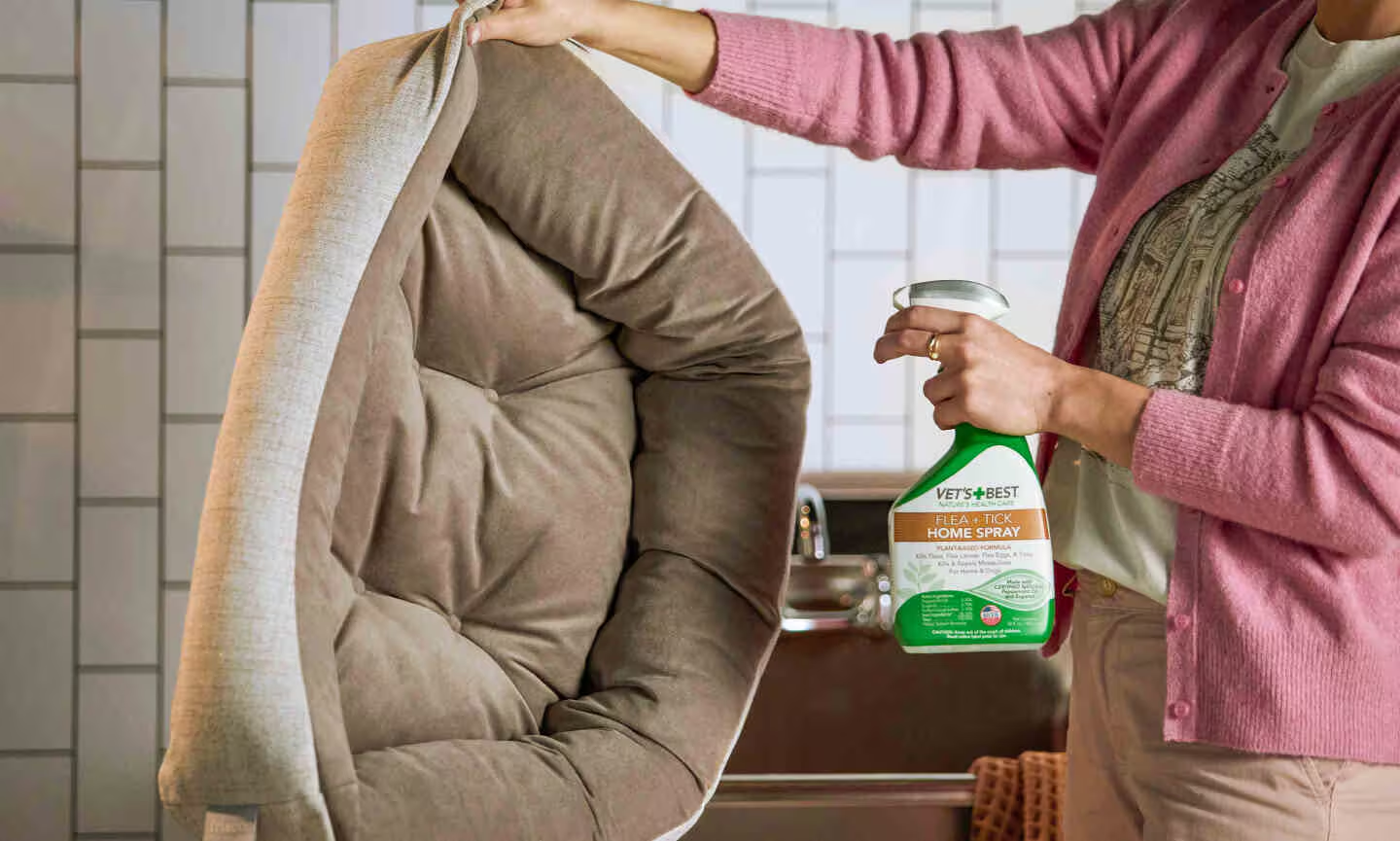
Photo by Chewy
If there were fleas on your dog, it’s likely fleas are also living in your home or yard. Treating your home is just as crucial as treating your dog—otherwise, they’re likely to hop back onto your dog and cause another infestation.
When eliminating fleas from your home:
- Vacuum all carpeting and upholstery. Vacuuming around the baseboards and under furniture can be helpful because flea larvae like to migrate into dark areas of the home, even if your pets never walked there.
- Be sure to dispose of the vacuum bag outside of your home immediately. If your vacuum uses a canister, empty it, and dispose of its contents immediately, then clean the vacuum canister very well according to the vacuum manufacturer’s instructions.
- Wash all bedding and blanketsused by you and your pets with hot, soapy water.
In severe cases, insecticide foggers or flea spray may be required indoors. If this is the case, always remove your pets from the environment beforehand, and read the product’s instructions to find out how long to wait before reintroducing them to areas that have been treated.
Pro Tip: Dog-safe flea treatments may be toxic to cats. Always use products labeled for dogs on dogs and products labeled for cats on cats. Read labels closely and if you live with more than one pet, always consult with your veterinarian before using a flea-killing product in your home.
Recommended Products
6. Treat Your Yard
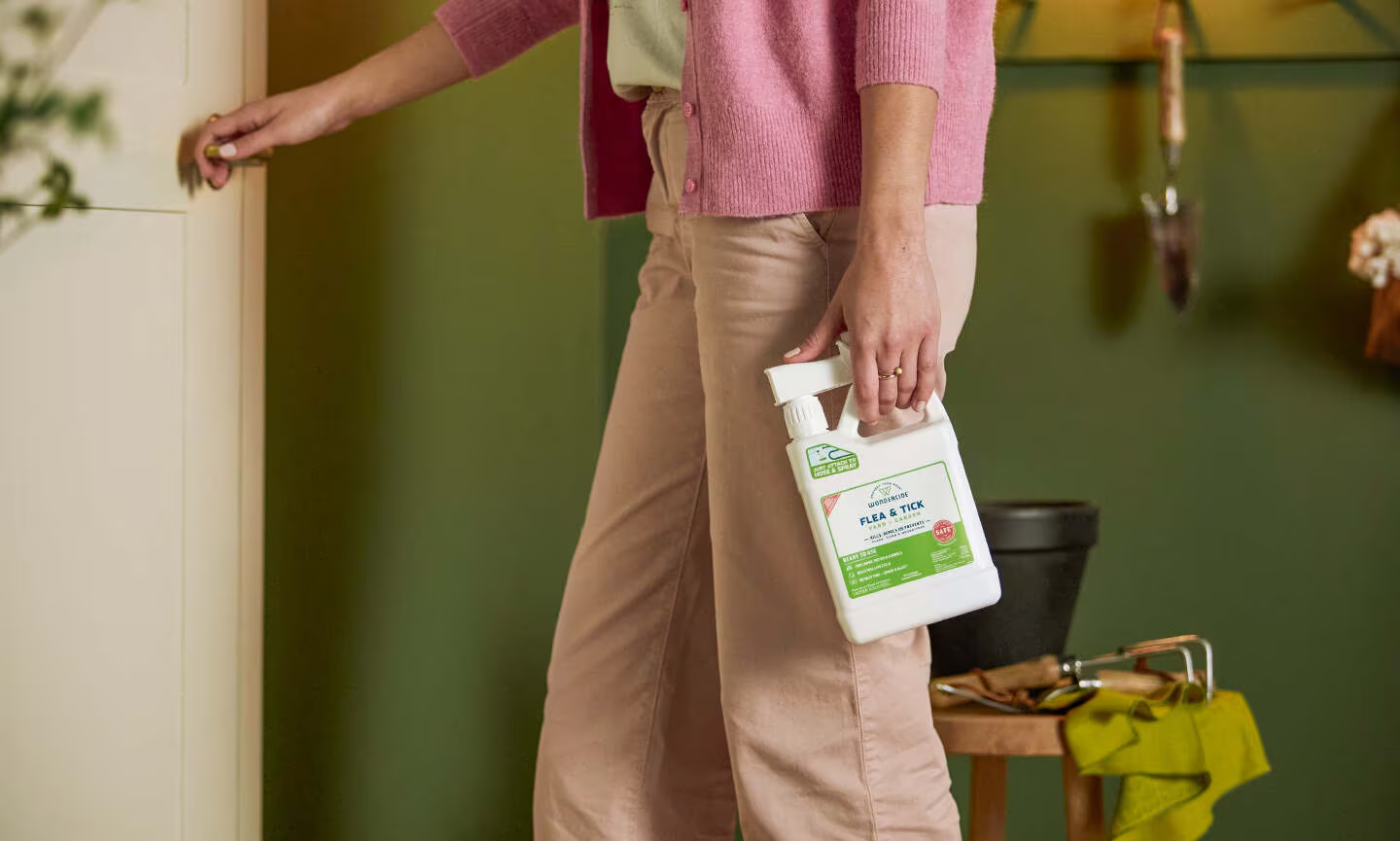
Photo by Chewy
If you live in a warm or humid climate, you may need to also treat your yard with insecticides or flea sprays.
Just as with home treatments, remove your pets from your yard before treating it, and keep your pets out of the area for the product instructions’ recommended amount of time. (Usually, this is until the spray has dried.) Once your dog is allowed outside, make sure they don’t eat any of the sprayed grass or plants.
For stubborn infestations, or if you just don’t like the DIY approach, a reliable pest-control company can also eliminate flea infestations in both your home and yard.
Remember to make them aware that you have a dog or other pets and to follow their safety recommendations to protect both the humans and pets in your household from the chemicals they use.
Recommended Products
Continue to treat your home and yard every two to three weeks, for the next four to six months. That might seem like a lot, but fleas are notoriously persistent as mentioned in the flea life cycle.
In addition, you should continue to inspect your dog’s fur for fleas. Remember to keep your pup’s flea and tick preventative current, too!
Fleas on Dogs Can Lead To Other Health Issues
Aside from being a grody parasite that feasts on you and your pet’s blood—yes, fleas can bite humans, too—fleas are incredibly uncomfortable for your dog. They can cause life-threatening anemia in severe cases, particularly in young animals. Plus, they can transmit diseases, including:
- Tapeworms
- Plague
- Typhus
- Bartonella
An infestation can also cause an intense allergic reaction called flea allergy dermatitis in your pet, which typically comes with severe scratching that leads to skin infections and hair loss. Some dogs can have an extreme reaction to just a single flea bite. That’s why it’s important to treat flea infestations as soon as you notice the issue.
Fleas can quickly get out of hand. Because of the length of the flea life cycle, they can take months to control and, in severe cases, may require removal of furniture, carpet, tapestries, and bedding.
Dealing with fleas on dogs can feel like a nightmare, but with patience and careful treatment you can tackle even the most severe infestations.
This content was medically reviewed by Tara Hansen, DVM, Chewy veterinarian.
